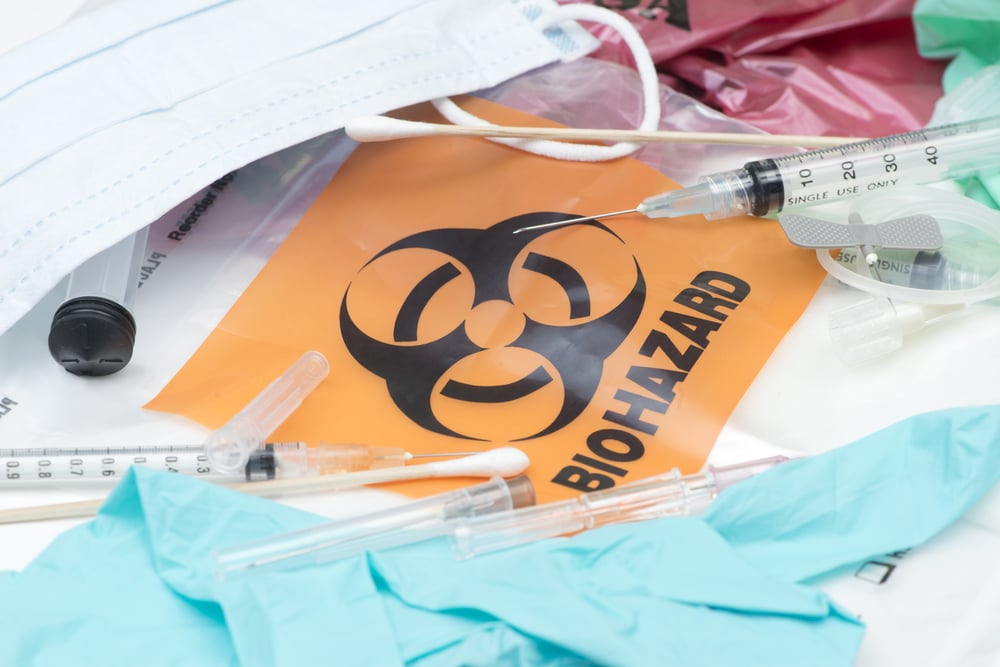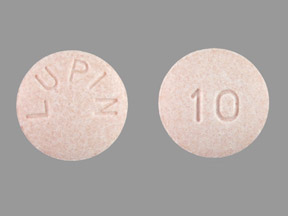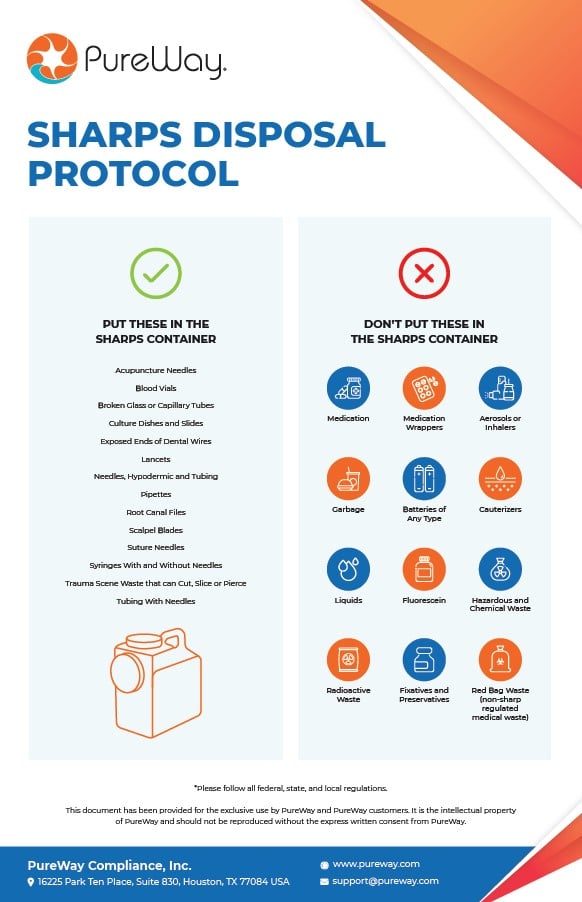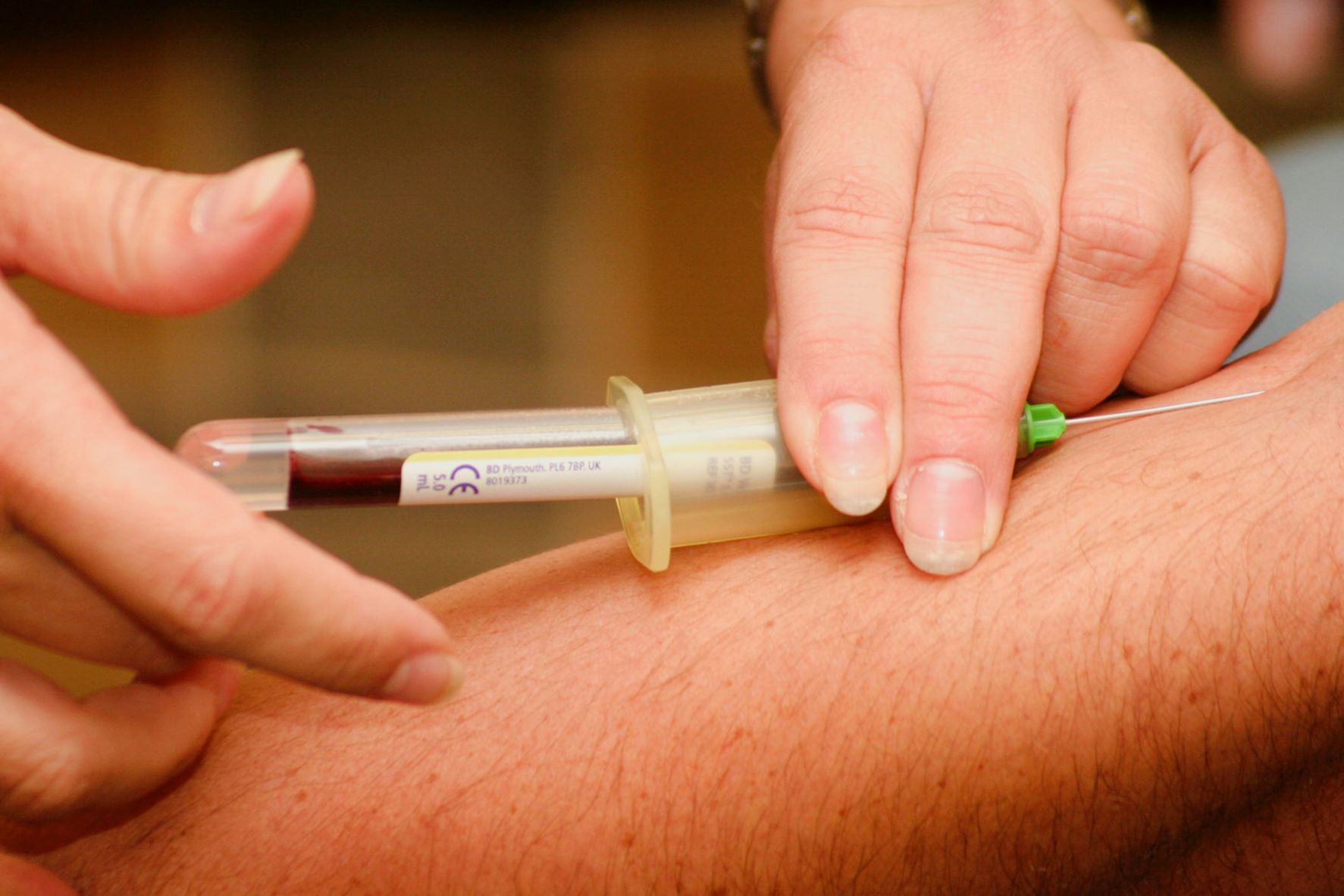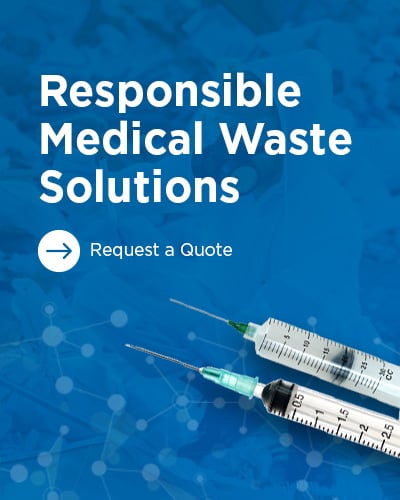Pharmacies, hospitals, health departments, doctor’s offices, and self-injectors are all home to sharps and sharps waste. The Centers for Disease Control and Prevention(CDC) reports that sharps injuries are primarily associated with occupational transmission of hepatitis B virus (HBV), hepatitis C virus (HCV), and human immunodeficiency virus (HIV), but they have been implicated in the transmission of more than 20 other ...
In 2022 as the COVID-19 pandemic continues on, the healthcare industry continues to experience many challenges related to their biohazardous and sharps waste (medical waste). Medical waste poses a serious health risk when left out, improperly contained, or incorrectly disposed of. It is important to be aware and informed about the health risks of medical waste and why proper disposal is essential. Health care waste is ...
Lisinopril - What is it Myocardial infarction (heart attacks), hypertension (high blood pressure), and heart failure are serious problems in the medical world, specifically involving individuals 45 and up. How do we prevent these medical emergencies from happening? Medications called ACE inhibitors such as Lisinopril are used to hinder the possibility of narrow blood vessels from causing high blood pressure, and therefore, ...
Sharps Disposal For Healthcare Facilities Sharps Disposal Sharps Disposal can be confusing and intimidating when safely disposing of sharps at home or a healthcare facility. There are many risks associated with handling used sharps and disposing of them properly. Regulations have been put in place to keep the management and care of sharps as unthreatening as possible; however, many sharps are still being thrown out improperly ...
Biohazardous Waste Disposal Most people don’t consider the importance of Biohazardous waste disposal when it comes to staying healthy. That is mainly because there is a lack of education related to what it is, how it affects us, and who takes care of it. In this article, you will learn about biohazardous waste, how to dispose of it properly, and the risks associated. Let's start with the basics, defining what is Biohazardous ...
In our most recent article, we discussed the topic of exposure to infectious waste and how to prevent issues that come alongside the disposal of infectious waste. Today, we are going to discuss proper infection control practices, which are once more being brought to the forefront of media attention. From January 1st through March 7th of 2019, we have 228 individual cases of measles that have been confirmed in 12 states, ...
The Occupational Safety and Health Administration (OSHA) has created an incredible number of standards and regulations in order to protect healthcare workers from unnecessary exposure to potentially infectious materials. In 1991, OSHA created the Occupational Exposure to Bloodborne Pathogens Standard. This standard defines regulated medical waste and clarifies basic rules for its disposal. Regulated Medical Waste Defined The ...
The danger of an accidental needlestick looms over healthcare workers and self-injectors daily. If a sharp is handled improperly, it can end up sticking an unintended user, increasing the victim’s risk of exposure to infections. Outside of healthcare facilities, approximately 9 million sharps users will administer at least 3 billion injections annually. Every one of these sharps users will need a place to safely dispose of ...
Before a medical facility can offer care, it has to have an effective method of medical waste disposal in place. But which method is the right one? There are so many guidelines and regulations at play, and the many methods of disposal come with varying price tags, often preventing a facility from aligning with their preference. Maintaining this proper disposal of medical waste is overwhelming. Between labeling, containment, ...
The debate has raged for years: who is at fault when it comes to the rampant prescription drug abuse in our country? There is no easy answer, although plenty of fingers point to the government as the catalyst for our ongoing opioid epidemic. Whatever an individual’s beliefs, it’s evident that steps are now being taken to remedy this situation and move forward. On October 27th of last year, the federal Drug Enforcement ...
Category
- sharps disposal (37)
- Medical Waste (36)
- sharps container disposal (34)
- sharps mail back (28)
- Compliance (25)
- Pharmaceutical Waste Disposal (16)
- Safety (15)
- Infection Control (13)
- Dental Practice (12)
- biohazardous waste disposal (11)
- OSHA (10)
- #GLP1 (9)
- Hazardous Waste (9)
- patient support programs (9)
- News (8)
- Universal Waste (8)
- amalgam disposal (8)
- Hazardous Waste Disposal (7)
- amalgam separators (6)
- vet sharps disposal (6)
- Diabetes (5)
- OSHA Training (5)
- amalgam recycling (5)
- dental clinical waste disposal (5)
- Amalgam (4)
- Diabetes Mangagement (4)
- ECOII Amalgam Separator (4)
- Diabetes Awareness (3)
- News & Regulations (3)
- medication disposal (3)
- quart containers (3)
- surface disinfectant (3)
- veterinary medical waste (3)
- Diabetic Kit (2)
- HIPAA (2)
- flu vaccine (2)
- influenze (2)
- BioSURF (1)
- HIPAA Compliance (1)
- HIPAA Law (1)
- HIPAA Violation (1)
- RP Returns (1)
- improving patient experience (1)
- sharps disposal for veterinarians (1)




